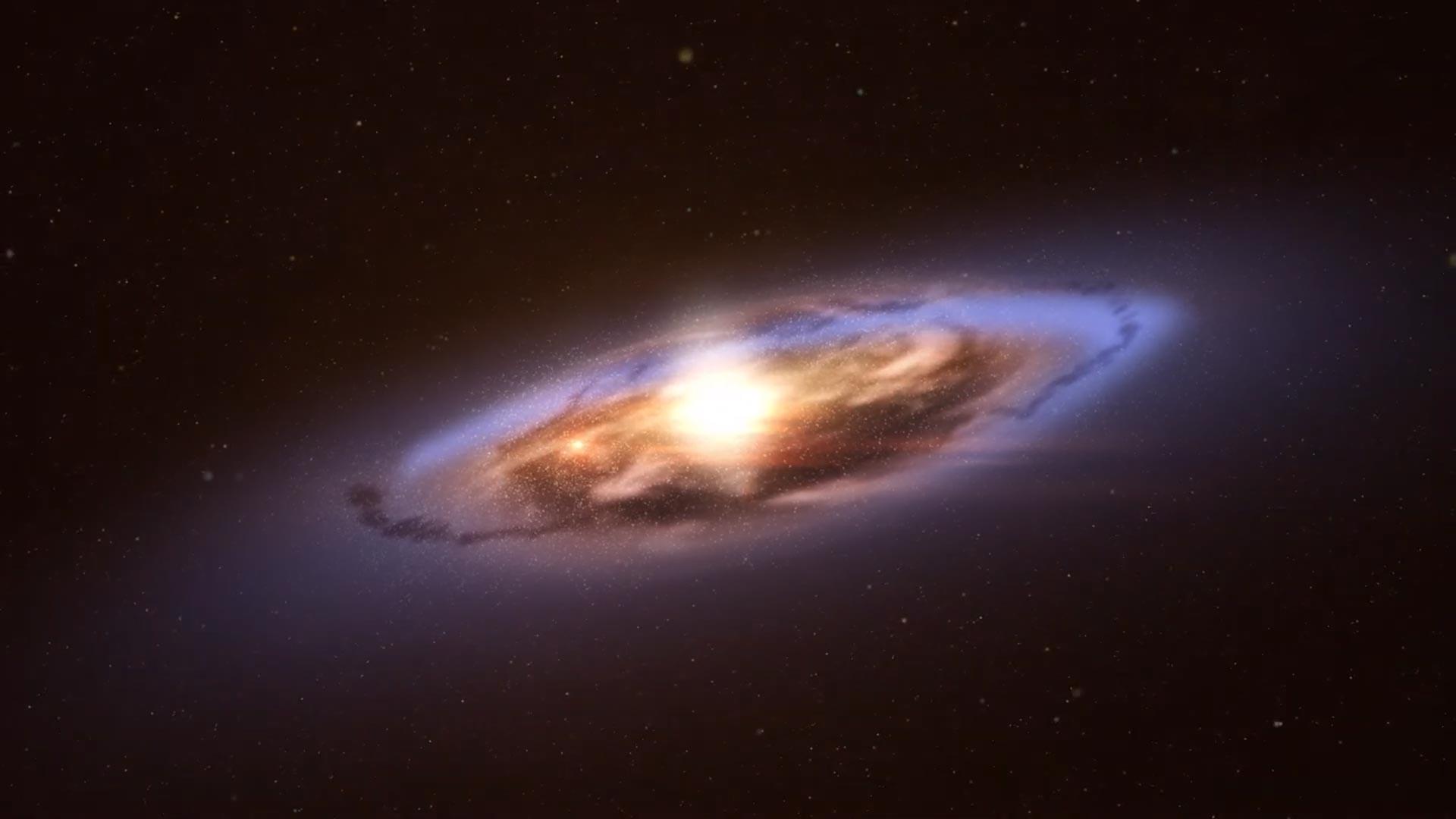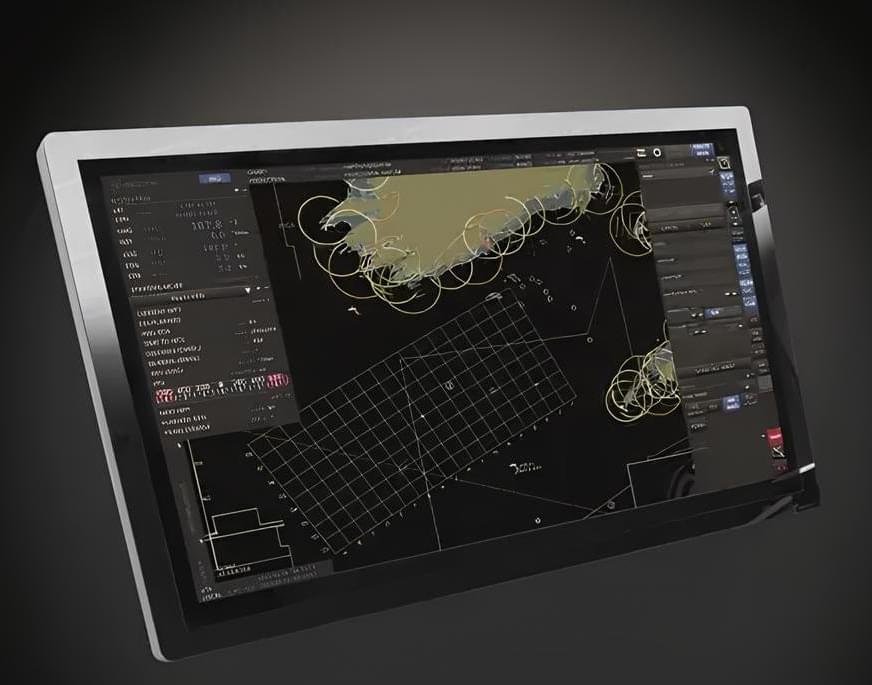The Milky Way ripples like a vast cosmic wave. Gaia’s precise measurements reveal a colossal motion sweeping through the galaxy’s disc, an echo of something mysterious in our galaxy’s ancient past. The Milky Way is anything but static. It rotates and it wobbles, and new observations from the Euro








